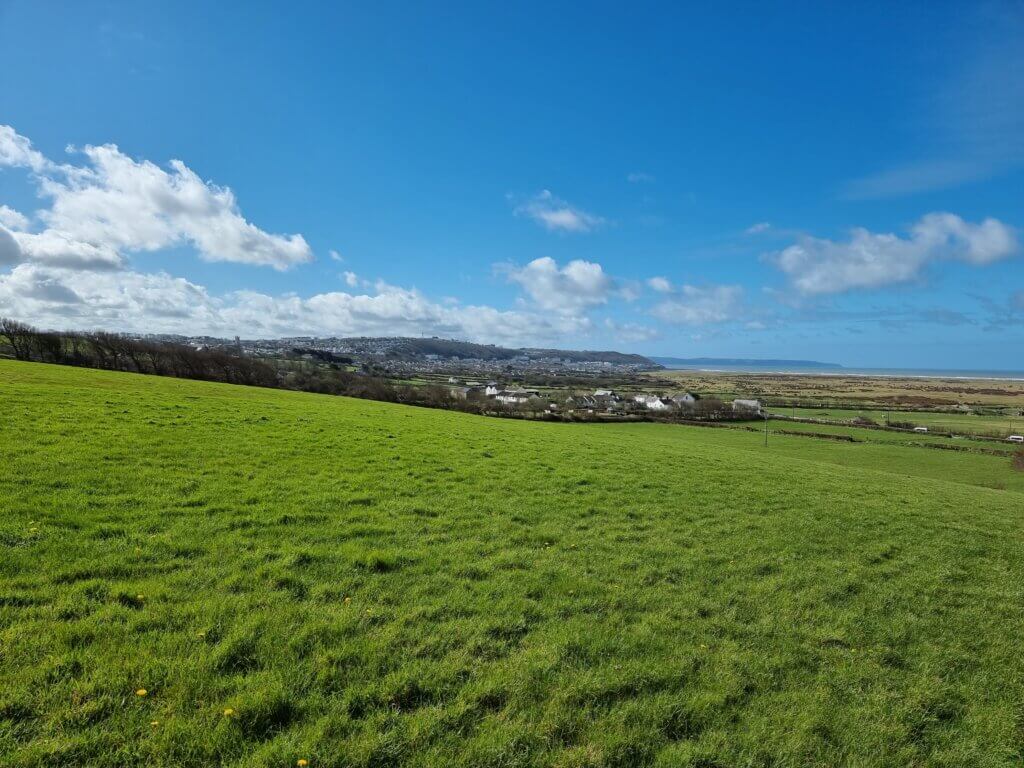Is the use of the land agricultural?
Is the use of my land agricultural? That is a very common question on Planning Geek. Or maybe it is equestrian? Whether it is equestrian or agriculture the land is a Sui Generis use.

Section 336 of the Town and Country Planning Act 1990 describes agriculture as:
includes horticulture, fruit growing, seed growing, dairy farming, the breeding and keeping of livestock (including any creature kept for the production of food, wool, skins or fur, or for the purpose of its use in the farming of land), the use of land as grazing land, meadow land, osier land, market gardens and nursery grounds, and the use of land for woodlands where that use is ancillary to the farming of land for other agricultural purposes, and “agricultural” shall be construed accordingly;
Therefore if your use is contained within the above legislation it ought to be classed as agricultural land for the benefit of Class A, Class B and Class C of Part 6 and indeed Barns to Residential for Class Q in Part 3 or Barns to flexible business use for Class R in Part 3.
Not agricultural? – maybe Equestrian use?
But what if you have horses on the land?
If the horses are kept on the land for agricultural purposes – perhaps where they work the land or are grazed without supplementary feeds or are bread for meat then the land may still be agricultural.
However, generally, if a horse is ridden, rugged, fed concentrate feed etc., the use would be defined as equestrian and not agricultural. The same applies to the breeding of horses, such as race horses and hunters. Thus stud farms and livery stables (stables where horses are kept for the owner, and fed and groomed for a fee) are equestrian.
There may be an exception in the case of stables if these are genuinely incidental or ancillary to some other use. For example, the keeping of one or two horses on a residential property for purely domestic recreational purposes would almost certainly be within the C3 use.
If it is equestrian then any permitted development rights would not apply to the land.
If you are intending to keep horses for riding etc. on agricultural land, then you will require a change of use via full planning to go from agricultural to equestrian. Please contact us for assistance in applying for a change of use.
Enforcement can action can be taken for a number of unlawful equestrian uses such as agricultural buildings on farms to be used for keeping horses; and the turning horses out on agricultural land with additional feed, rugging and riding on the land.
Note that there are limited permitted development rights for equestrian uses. Although one that is common to both agricultural and equestrian land is the erection of fences within Part 2 of the GPDO. Just be aware of the limit to 1m against any highway, which would include bridleways.
Other Agricultural Sections
- Agriculture & Equestrian Home Page
- Part 6 - Class A - Development of 5 ha or more
- Part 6 - Class B - Development of under 5 ha
- Part 6 - Class C - Mineral working
- Part 6 - Interpretation of Classes A to C
- Part 6 - Class E - Forestry developments
- Part 3 - Class Q - Agricultural to residential - Pre 21/4/24
- Part 3 - Class R - Flexible Commercial use
Agricultural Page Updated: 10th January 2024